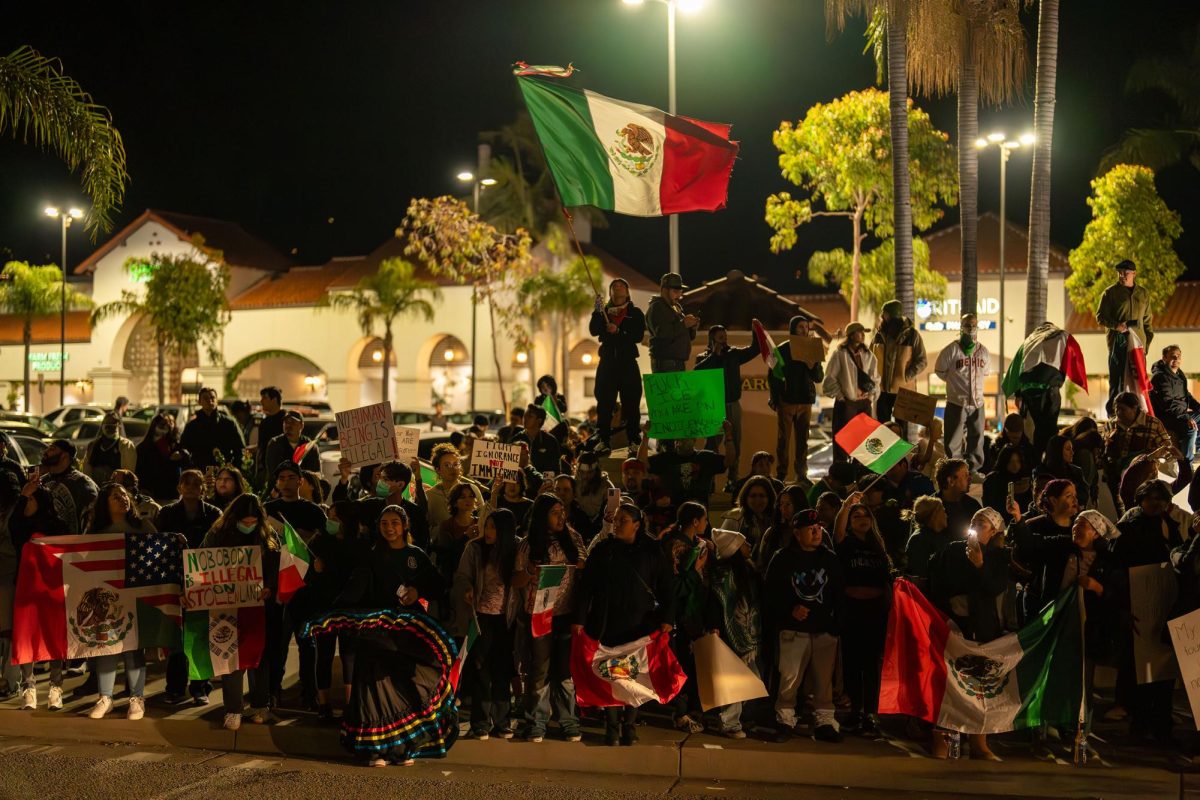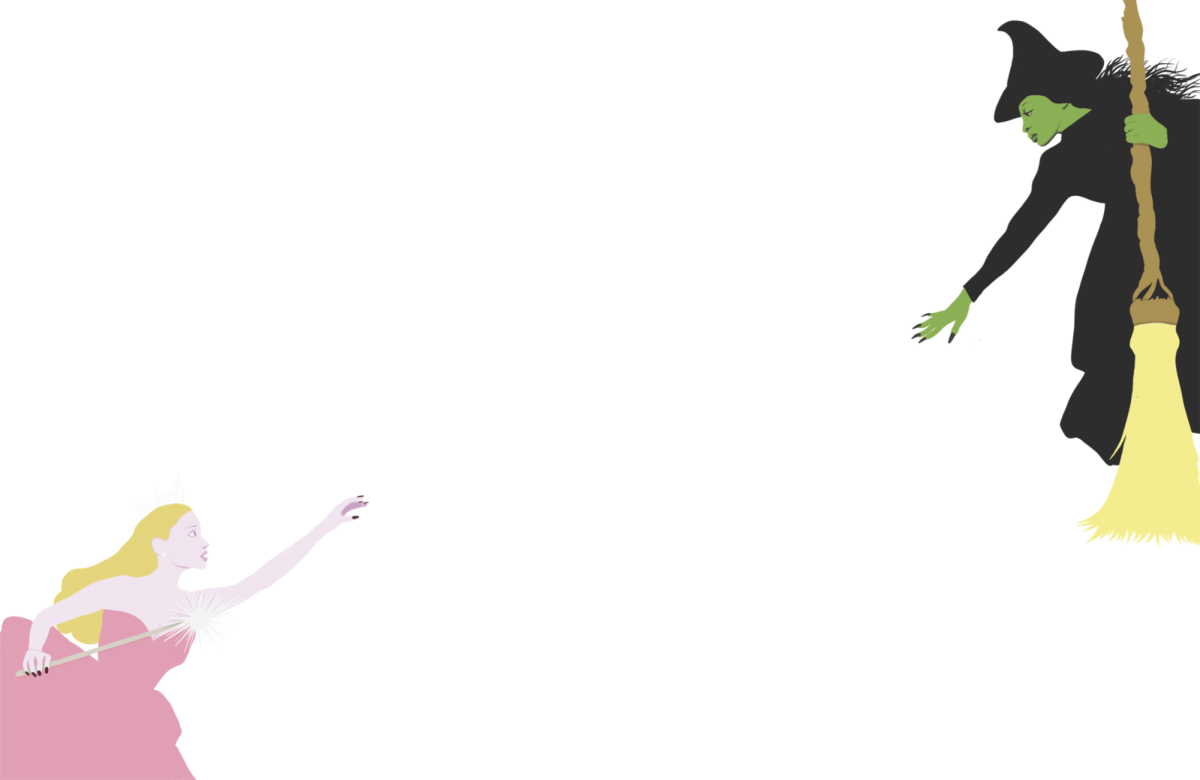Slavery in Textbooks
November 9, 2018
The nation was shocked when a charter school in San Antonio, Texas was put under the national spotlight for a controversial homework assignment in which a teacher asked students to list the negative aspects of slavery followed by positive aspects of slavery. When a photo of the “Life of Slaves: A Balanced View” assignment was found and then tweeted by Joaquin Castro, a US House Representative, this issue began to receive attention from outraged people all over the country. Parents from the school contacted the Superintendent, who then suspended the teacher, and released a statement shortly after, saying “There is no debate about slavery. It is immoral and a crime against humanity.” However, that was not all. After this assignment issue was dealt with, it was discovered that students at this San Antonio charter school have been using a history textbook which provides misleading information about what slavery was like during the 1800s. Statements such as “Many [slaves] may not have even been terribly unhappy,” and that slavery should not be “oversimplified.”
This has not been the first time that Texas school textbooks have taken heat for speaking the false truth about the critical issue of slavery in this country’s history. In 2015, more than 5 million students were expected to learn from history textbooks which that did very little to address racial segregation during the times of the Civil War. From no mention to the Ku Klux Klan, to not once mentioning Jim Crow Laws, these textbooks were being put in the hands of a large number of young students. Pat Hardy, a member of the Board of Education, called slavery “a side issue” to the Civil War back in 2010, and ever since those comments were made, standards for these Texas textbooks have shown through with the lack of proper slavery education within them. One hundred and fifty years after the Civil War, arguably the most critical war in the development of this country, we are still teaching part of America’s youth that slavery was not as bad as we might think, that slaves were “immigrants” to the U.S., that some slaves were not opposed to the positions of forced labor in which they lived.

































